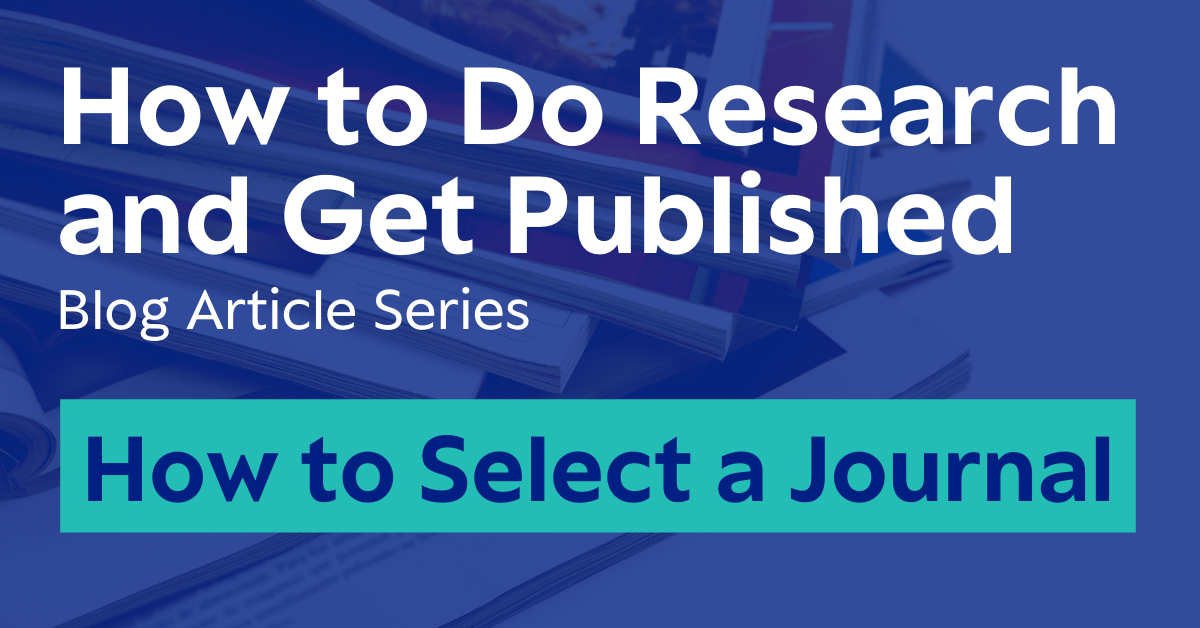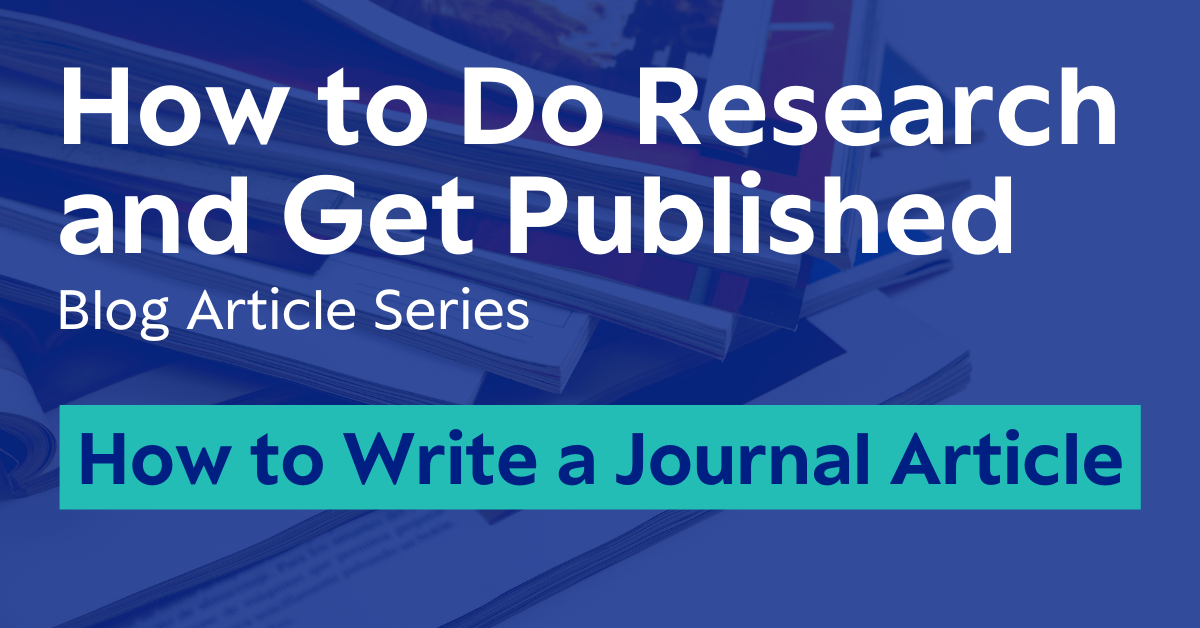
Publishing your manuscript, and joining the ranks of thousands of published academics, can be a daunting task. The manuscript itself takes months of work, which is why it can be challenging to watch journals reject them. As such, it is essential to understand how to select which journals to publish to, as well as the metrics of such journals to optimize your chances of being accepted.
Our webinar series, How To Get Published, features several Sage editorial staff with years of editing and publishing experience, who sat down in conversation to discuss how to best align your manuscript with a journal to have the best odds of acceptance.
Finding The Right Fit
The journal’s reputation, the type of paper you’re looking to publish, the journal’s aims and scope, the peer review process, acceptance rate, readership, published authors, funding and institutional constraints, and the editorial board are all factors in whether a journal will be the right fit for your article.
Jessica Lipowski (Publishing Editor on the STM Journals Editorial team) said, “There’s thousands and thousands of journals out there…[success] is really dependent on your article, your research, and who’s reading it,” Lipowski noted.
Dr. Derek Fisher (Deputy Editor of Clinical EEG & Neuroscience) discussed how to find out if the scope and readership of the journal are compatible with your article. “[I’d] punch in some keywords that are related to my paper; if I’m seeing papers with a similar theme or methodology, that is a really good sign. Sometimes it’s crickets.”
Indexing Platforms
Lorraine Sarsfield (Publishing Editor Two, Sage’s global Abstracting and Indexing consultant) discussed how future academics should also consider indexing. She listed indexing platforms such as ScholarOne, Pubmed, and Proquest: “Being indexed in one of these is a positive scientific indicator of a journal’s… quality and integrity.”
Sarsfield cites the example of Pubmed; journals that publish their scientific work there have a higher impact factor through its discoverability. Thus, aligning with the best index platform is another key factor for academics to consider if accepted. Each of these platforms supports different areas of research, garner different audiences, and have various barriers to acceptance that all indicate compatibility. Sarsfield recommends checking the metrics of these platforms to see how much and what kind of research they publish.
Impact Factor
The team also discussed impact factor, referring to dividing the number of citations per article published per JCR year with data taken from the previous two or three years. Sometimes the best journal for you isn’t the one with the most impact factor but is best aligned to your article and your research in their research area, which Dr. Fisher explains:
“If you’ve got a piece of research with a communal science goal impact factor can help guide you, but sometimes a journal with a lower impact that covers a very specific area is a really perfect fit.”
Fisher also discussed how a high impact factor could be indicative of what will probably be a desk rejection, as a journal with a high impact factor will be searching for novel and unique research that has significant implications, and thus a lower impact journal can be “a better place for your research.”
Trends, Metrics, and Formatting
Sarsfield echoes this sentiment. “Citation trends may be lower in a journal aimed at practitioners, but what you’re publishing is helpful to practitioners specifically. So you might want to publish in one of these journals even if it has a lower impact factor, as that’s who you’re trying to reach.”
Impact factor, immediacy indexes, journal citation indicators, CiteScores, and Google Scholar’s h5-index can all provide quantitative metrics to assess a journal’s validity, impact, range, and quality.
When completing the final submission, it’s the small details that can cause your article to be rejected. Lipowski cites not following manuscript submission guidelines, lack of objectivity, and not including the relevant statements (such as funding, conflict of interest, and ethics). “A desk reject is not necessarily a reflection of the work itself.”
If tables and graphs aren’t formatted correctly, the article is outside of the journal’s scope, or grammar and syntax are poor, these minor errors can lead to a rejection.
Fisher commented, “I’d say at my journal, we send [many] back because they don’t meet the author’s guidelines, and we can’t send it over to peer review until they do.”
A Crowded Market
With around 45,000 scholarly peer-reviewed journals active as of 2021 and an estimated four million articles published annually (STM, 2021, p. 15-17), journals have become increasingly selective with the articles they publish, rejecting many that don’t align with their scope or guidelines.
STM (2021) also found that 2020, with work arising around COVID-19, led to an article submission growth rate of 8.1%, a record amount of around 200,000 papers (p. 17). With an increasingly saturated process, journals are becoming more selective with what papers to proceed with. As such, it’s essential to ensure your paper aligns with author guidelines, follows submission processes, and is grammatically correct, as these could decide whether your paper is rejected or accepted.
Melissa Knott (Assistant Editor for OTJR) stated, “Just make sure you clearly understand what you’re going to do upfront and take the time to get it properly submitted… Otherwise, it will get sent back to you, and that will cause delays… emailing back to you, and so forth.
“By following these checklists, things will be smoother with fewer rounds of revision.”
As manuscript submissions and new journals continue to develop, your article could likely join the millions of works published each year. Choosing the correct journal to undertake your publishing journey will significantly affect who sees your article, who cites it, and whether it will be accepted.
With webinars focussing on each stage of the publishing process, this How To Get Published episode centered on journal selection and journal metrics. Sage’s other webinars in this series are available on YouTube or on the Sage website.
References
STM, (2021). STM Global Brief 2021 – Economics & Market Size. https://policycommons.net/artifacts/1850725/stm2021_10_19_stm_global_brief_2021_economics_and_market_size/2597659/ on 19 Feb 2024. CID: 20.500.12592/4jnnjk.





